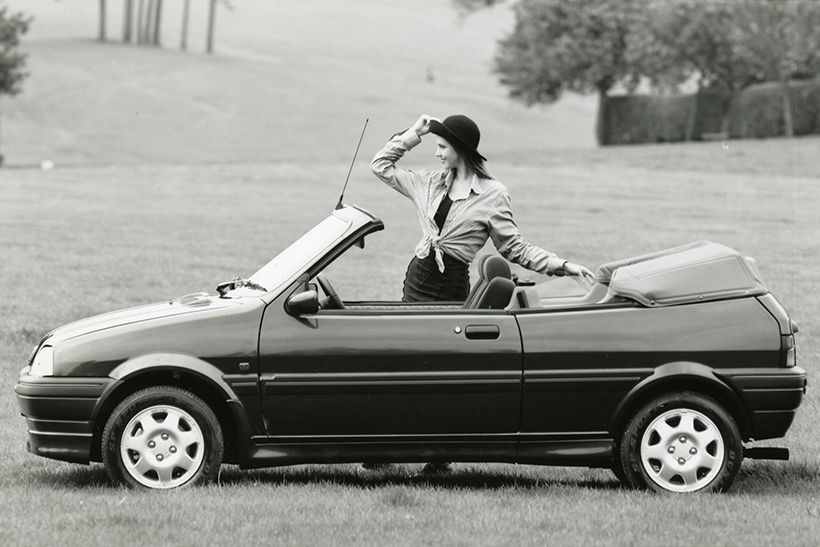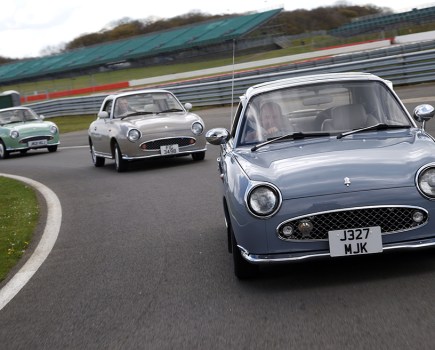The Metro became a Rover in 1990 and suddenly also became the car it perhaps always should have been: in place of the 50-year-old A-Series motor was the modern alloy twin-cam K-Series motor and finally interconnecting the Hydragas gave it grip like an insistent little terrier.
In spite of its late ’70s platform, the revitalised Metro gained a new lease of life and in 1992 a cabriolet version was unveiled, followed shortly afterward by the classic Mini cabriolet. They were marketed as cabriolets rather than full convertibles, since the folded hood was stowed pram-like above the rear bootlid in the style of VW’s open Golf and Beetle.
Despite the car’s update, old-style BL tradition endured in the delayed launch, which slipped from 1993 to 1994. Originally developed by German firm LAMM which had engineered the classic Mini cabriolet, the Metro was developed for production with assistance from Tickford and was produced by Rover Special Products
Based on the five-door Metro, the cabriolet bodyshell was stiffened by enlarging the box-sections under the rear seats and adding reinforcements in the rear metalwork, the boot opening narrowed as a result. At the front end the A-pillars remained unchanged save for the revised screen header rail to meet the roof. The roof itself was a neat, fully lined item with a zipped-in plastic window as in the MGF ando n later 100s even gained hydraulic operation.
The car was sold with the 1.4 and 1.4 16-valve engines, although a few 1.1-litre examples were apparently produced for export. The cabriolet continued with the renaming of the Rover Metro into the Rover 100 in 1994, with the last cars being registered on P-plates.








